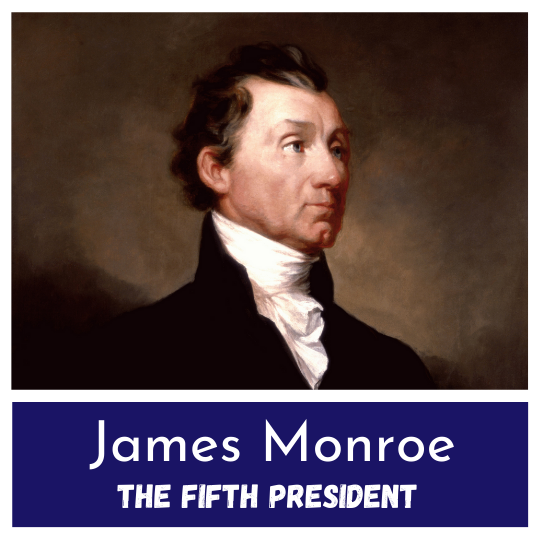Timothy Pickering Serves At The Pleasure Of The President
Timothy Pickering was an important subordinate of General Washington during the American Revolutionary War.
Afterward, he would play several roles in President Washington's Cabinet, continuing into the Administration of John Adams.
As the Federalist Party declined, Pickering was one of the last holdouts, fighting the Democratic-Republicans till the very end.
Timothy Pickering
In the years leading up to the American Revolution, Timothy Pickering graduated from Harvard, began working in his town clerk's office, and was appointed as a Lieutenant in his local militia.
While serving in the militia, Pickering authored 'An Easy Plan for a Militia’ which would later be used by the Continental Army as the original manual for training soldiers (later replaced by Baron von Steuben's 'blue book.’
Revolutionary
Pickering was the head of the militia during an incident in his hometown of Salem, Massachusetts. Leslie's Retreat, as it became know, was a standoff between British Regulars and the townsfolk which was only resolved when the local preacher left his church and convinced the British officer in charge to turn and leave.
Less than two months later, Pickering led his men to the Battle of Lexington and Concord, though they arrived too late to see any real action.
Timothy participated in the Siege of Boston then brought his Company to New York where he was promoted by George Washington to Adjutant General. In this position, Pickering was responsible for the Continental Army's administrative tasks. Notably, he oversaw construction of the Great Chain across the Hudson River.
Pickering's final promotion was when he received approval to take over for Nathanael Greene as Quartermaster General.
Washington's Cabinet
After the Constitution was ratified, Washington appointed Pickering as United States Postmaster General.
During this time, Pickering represented Washington in a meeting with the Iroquois Nation. He would sign the Treaty of Canandaigua on behalf of the United States of America. This established the original borders between the Native Americans and the settlers in Upstate New York.
Soon after, Timothy served briefly as Secretary of War before moving to Secretary of State. He would remain in the position at State well into the Presidency of John Adams. This placed him in charge of foreign affairs during the Quasi-War with France.
Federalist Holdout
A die hard Federalist, Pickering would go on to be one of the most outspoken critics of the Jefferson and Madison Administrations.
He spent time in both the House of Representatives and United States Senate. Eventually, Pickering retired after his association with the doomed Hartford Convention became public.
A sweetheart of the Federalists, Timothy Pickering had no place in the emerging Second Party System which was emerging under President James Monroe.
Please follow us on Twitter if you are interested in receiving Founder of the Day articles on that platform as well as finding out stories from other sources which are relevant to the information we provide here. You also will want to subscribe to our email list if you haven't yet.
If you would like to learn more about Pickering, check out 'Timothy Pickering and the American Republic.' If you buy through our link below (instead of going to the library), you will be taken to our affiliate Amazon.






